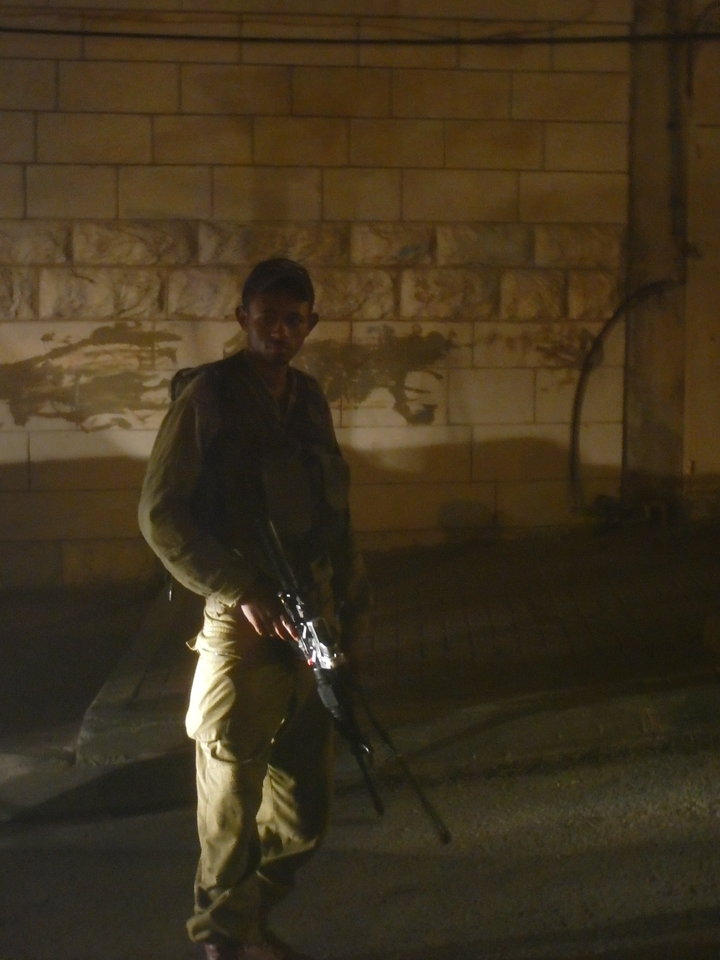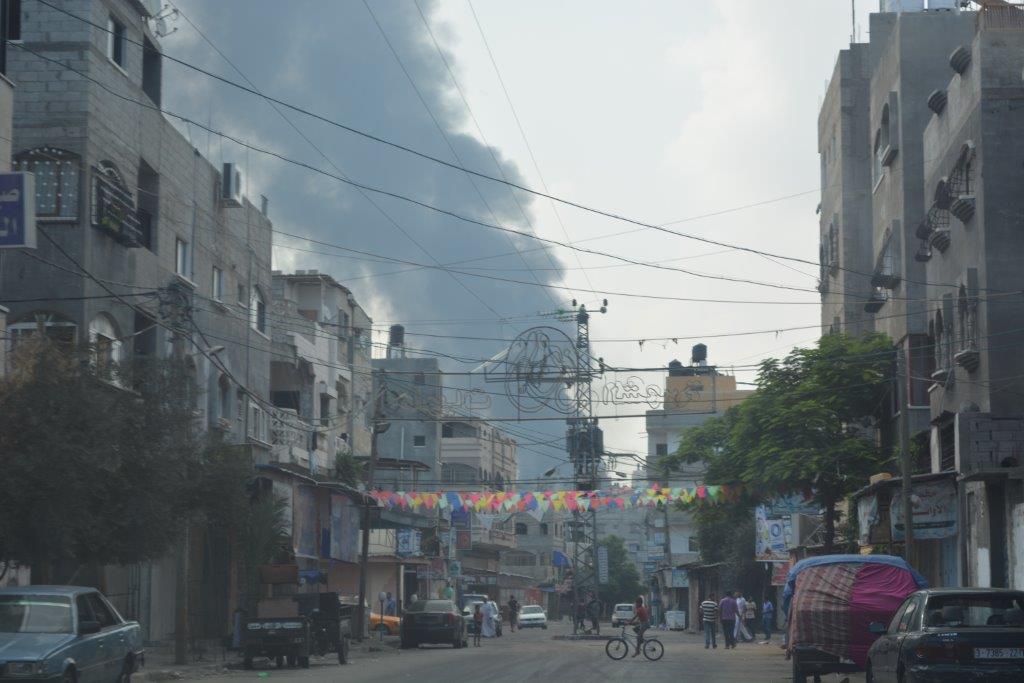Category: Journals
-
Palestinians threatened by settler and then detained by soldiers
23rd July 2014 | International Solidarity Movement, Vern | Hebron, Occupied Palestine At approximately 23:30 on the night of the 21st July, I noticed a group of Israeli soldiers detain four Palestinian men near our apartment. The men detained were Ahmed, Izzat, Anas, and Muhammad. They were ordered to sit on the ground by several armed…
-
Where will they go?
22nd July 2014 | Charlie Andreasson | Gaza, Occupied Palestine The attack has been going on for over two weeks. I was awakened early this morning by explosions that were so close that they shook the house. Then came a phone call, telling me that there was an apartment building nearby, where a woman from New…
-
‘Death Zone’ in Shajiya
20th July 2014 | Rina Andolini | Gaza, Occupied Palestine There was a ceasefire today for 3 hours – so some of us internationals went to the area which I refer to as the ‘Death Zone’ – Shajiya, we went to see if we could help with the masses of injured amongst the rubble. The Death…



